Bristol's Bees - Bee Identification
Bristol's Buzzing Biodiversity
Bristol, a vibrant city in South West England, is home to a diverse array of bee species thriving in its urban gardens, parks, and green spaces.
These pollinators are essential for supporting local agriculture, maintaining biodiversity, and ensuring the health of ecosystems.
Below, we explore ten bee species likely found in Bristol, highlighting their characteristics, habitats, and ecological roles. This guide, brought to you by Pale Horse Pest Control, aims to raise awareness about these vital insects and encourage conservation efforts.
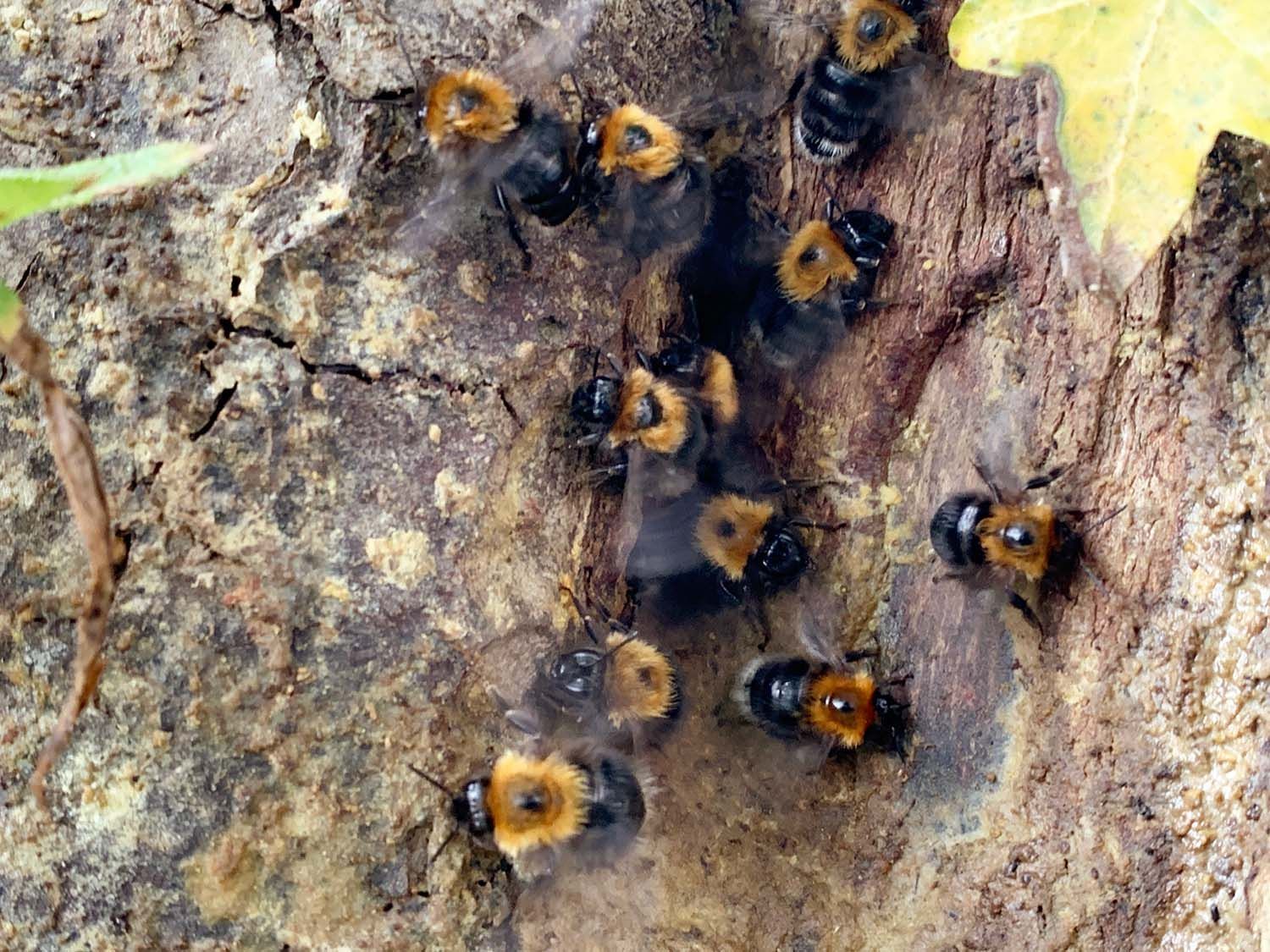
Meet Bristol’s Bees
1. Western Honey Bee (Apis mellifera)
Description: The Western honey bee is a social insect living in colonies with a queen and worker bees. It’s the only UK bee species used for honey production, with swarms potentially exceeding 50,000 insects.
Habitat: Found in managed hives and wild colonies, often in urban areas like Bristol’s parks and gardens.
Ecological Importance: Vital for pollinating crops and producing honey, supporting both agriculture and local beekeepers.

2. Buff-tailed Bumblebee (Bombus terrestris)
Description: A large bumblebee with a distinctive buff-colored tail and yellow-black bands, common in urban settings.
Habitat: Nests in old mouse holes, bird boxes, or compost heaps, often in Bristol’s residential gardens.
Ecological Importance: Effective pollinator for a wide range of flowers, including fruit trees and garden plants.

3. White-tailed Bumblebee (Bombus lucorum)
Description: Similar to the buff-tailed bumblebee but with a white tail, often confused with its relative.
Habitat: Found in grasslands, woodland edges, and gardens across Bristol, such as in Clifton or St. Andrews.
Ecological Importance: Pollinates wildflowers and crops, contributing to biodiversity and food production.
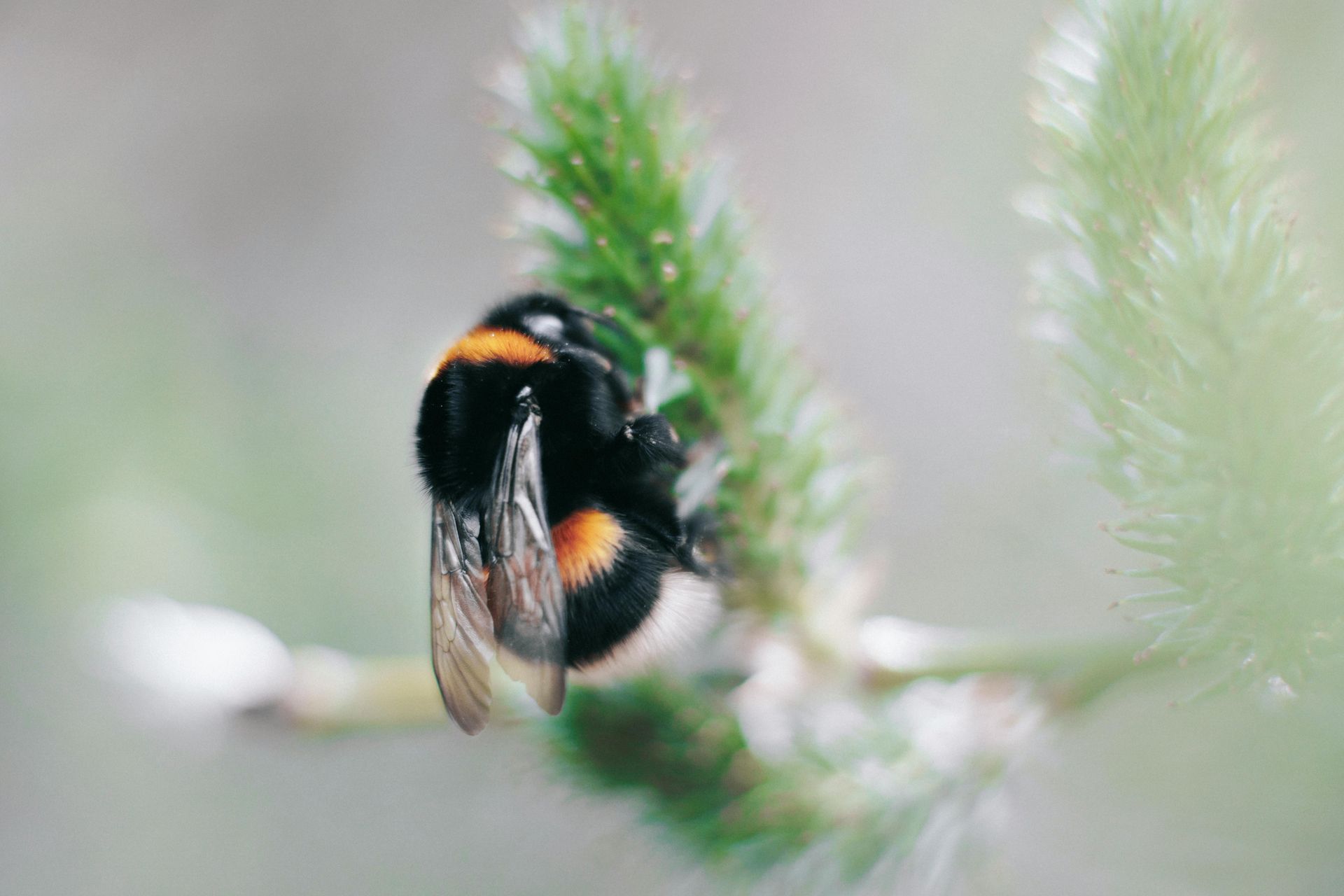
4. Early Bumblebee (Bombus pratorum)
Description: Small, with bright lemon-yellow bands and an orange tail, one of the first bumblebees to emerge in spring.
Habitat: Thrives in open woodlands, parks, and gardens, often seen in Bristol’s green spaces.
Ecological Importance: Key early pollinator for spring flowers, supporting early-season ecosystems.

5. Tree Bumblebee (Bombus hypnorum)
Description: Features a ginger thorax, black abdomen, and white tail, known for nesting in bird boxes and lofts.
Habitat: Common in urban and suburban Bristol, often in residential areas like Redland.
Ecological Importance: Adaptable and widespread, it pollinates a variety of plants since arriving in the UK in 2001.

6. Common Carder Bee (Bombus pascuorum)
Description: A ginger-brown bumblebee, often seen in grassy areas with a distinctive fuzzy appearance.
Habitat: Meadows, grasslands, and gardens, common in Bristol’s parks like Ashton Court.
Ecological Importance: Pollinates low-growing flowers, essential for meadow ecosystems.

7. Red-tailed Bumblebee (Bombus lapidarius)
Description: Black body with a striking red tail, one of the UK’s most recognizable bumblebees.
Habitat: Found in urban areas, farmland, and gardens across Bristol.
Ecological Importance: Pollinates a variety of plants, including crops and wildflowers.
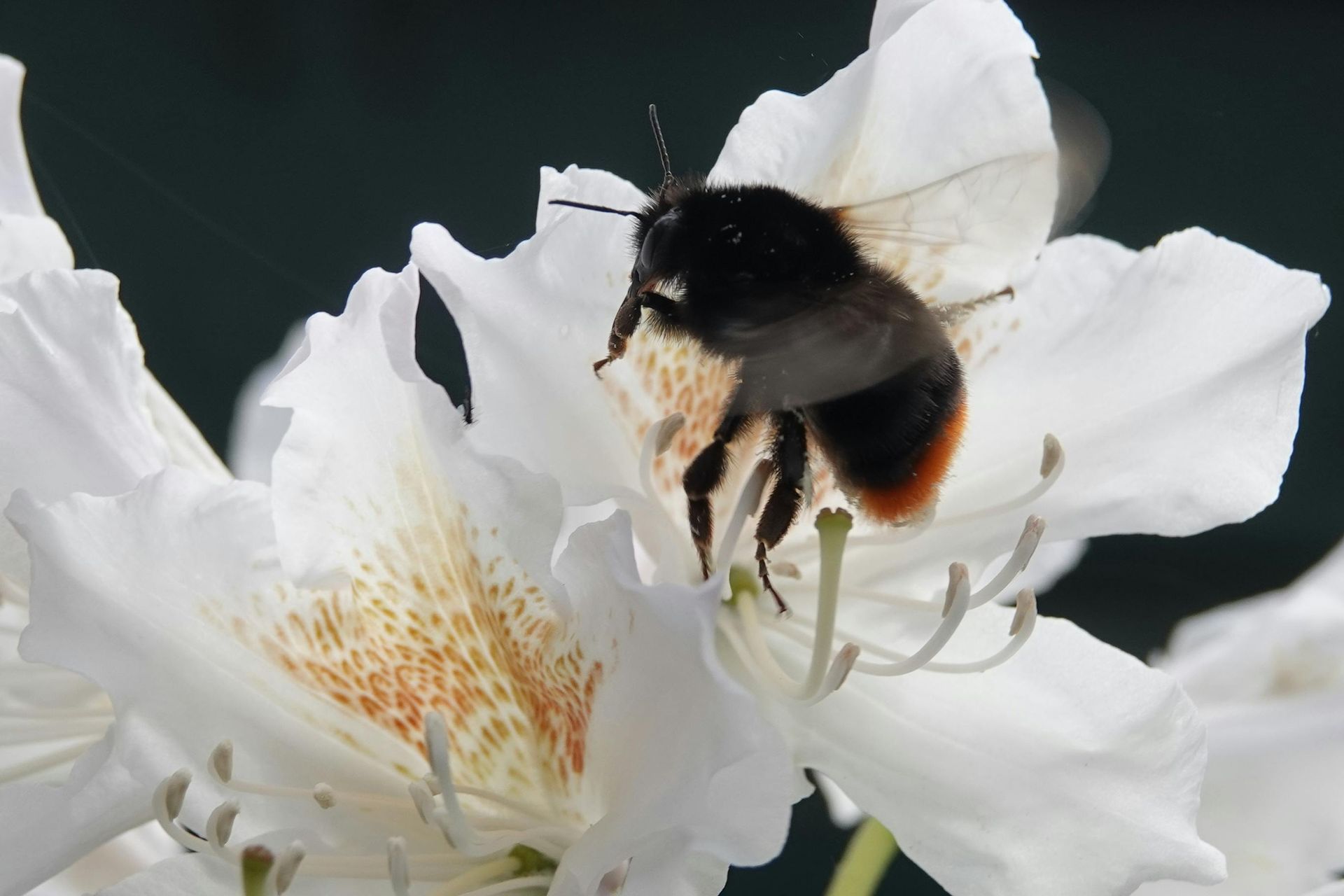
8. Garden Bumblebee (Bombus hortorum)
Description: Large, with a yellow band on the thorax and a white tail, often seen in gardens.
Habitat: Gardens, hedgerows, and woodland edges, prevalent in Bristol’s suburban areas.
Ecological Importance: Important pollinator for garden plants and long-tongued flowers.
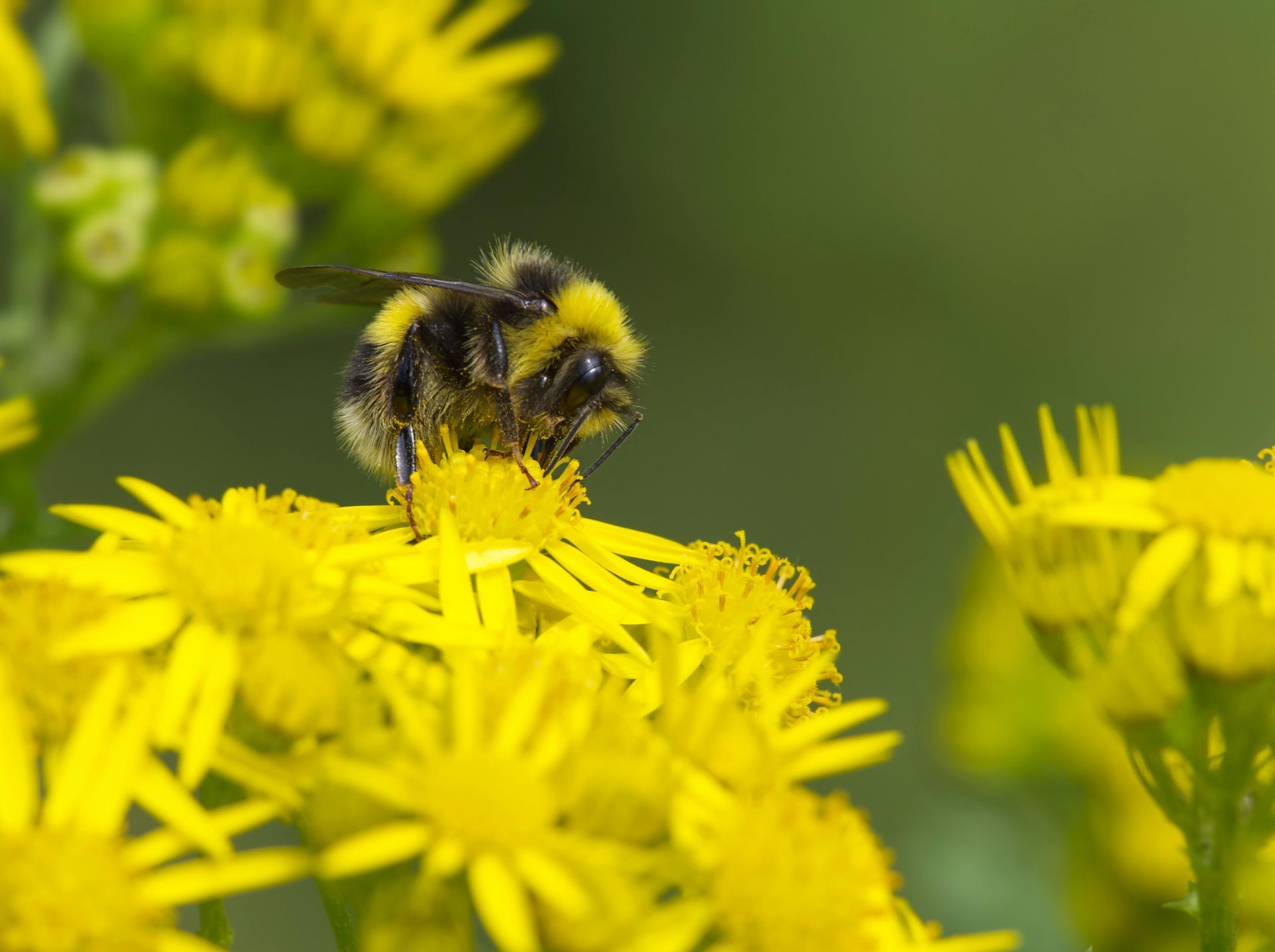
9. Ashy Mining Bee (Andrena cineraria)
Description: A solitary bee with black and grey bands, females are distinctive with ashy-grey markings.
Habitat: Nests in sandy soils, common in Bristol’s gardens and parks.
Ecological Importance: Pollinates early spring flowers, supporting early-season biodiversity.
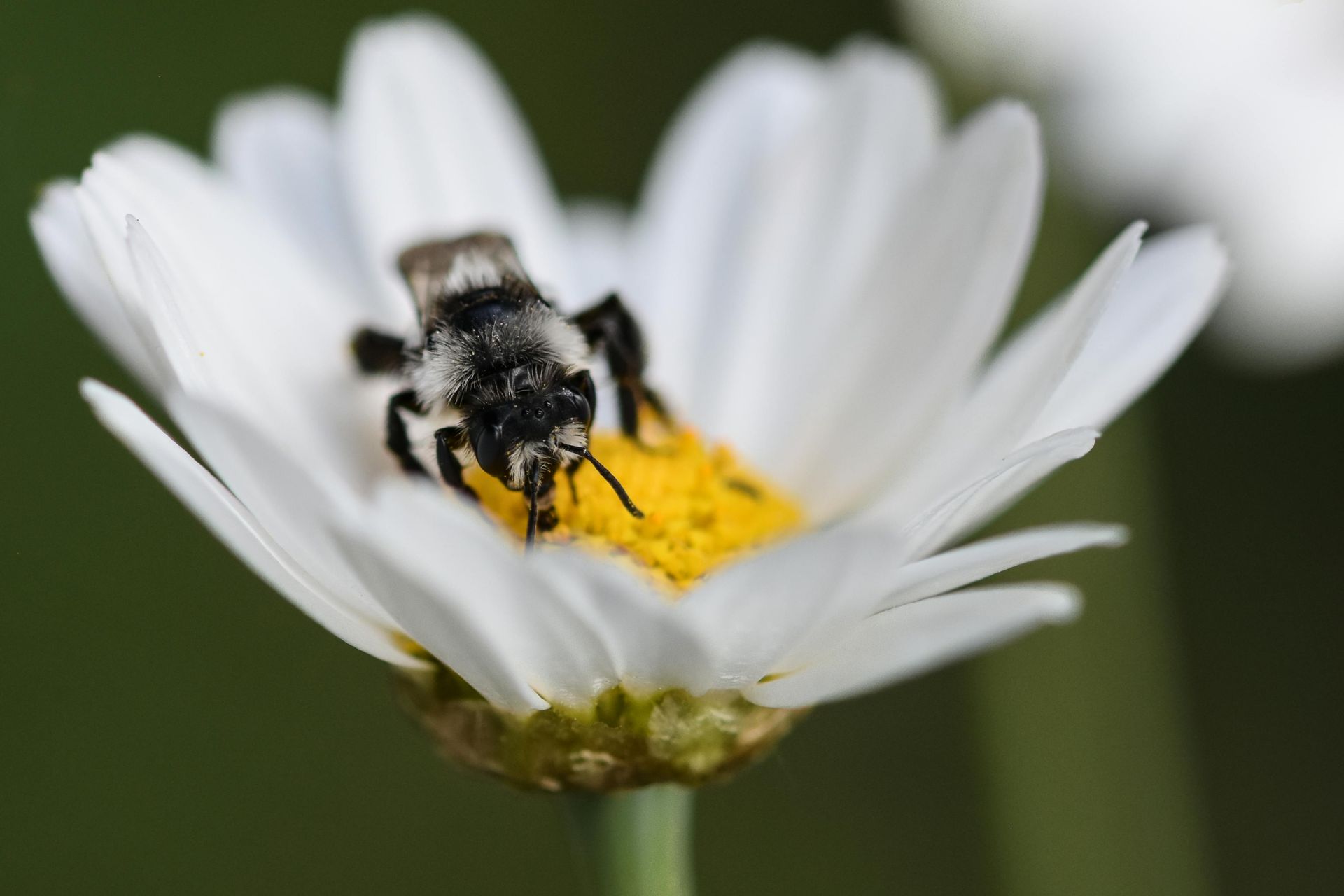
10. Tawny Mining Bee (Andrena fulva)
Description: Females are bright red, nesting in short turf, often leaving volcano-like soil heaps.
Habitat: Urban gardens and lawns, frequently seen in Bristol’s residential areas.
Ecological Importance: Early spring pollinator, vital for early flowers and crops.
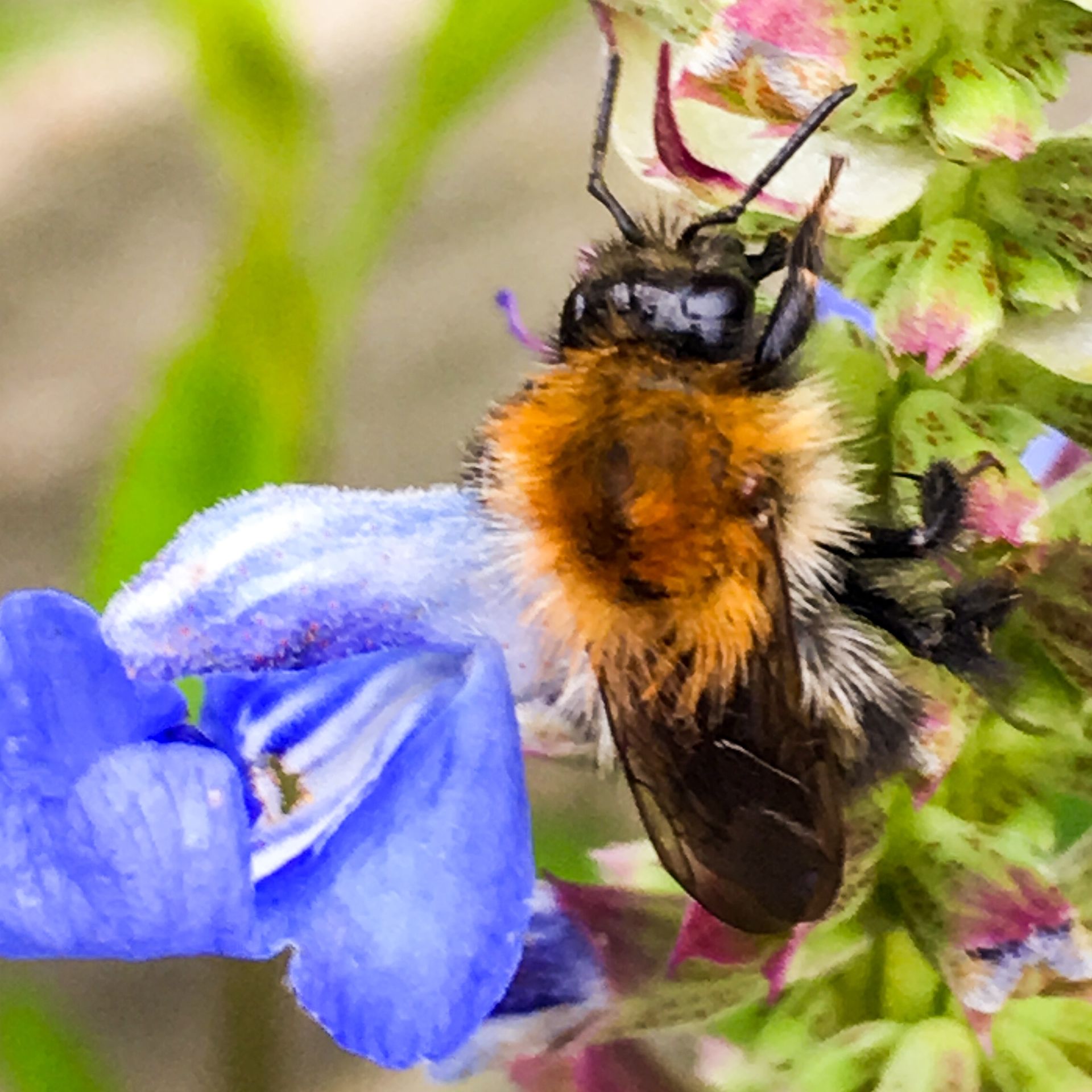
Why Bees Matter in Bristol
Bees are critical to Bristol’s ecosystem, pollinating over 80% of flowering plants, including crops like fruits and vegetables. With only six of the UK’s 24 bumblebee species commonly found in gardens, conservation is essential.
Threats like habitat loss and invasive species, such as the Asian yellow-legged hornet, endanger these pollinators. By creating bee-friendly gardens and supporting local initiatives like the Bee and Pollination Festival, Bristol residents can help protect these vital species.
Conservation Efforts
Organisations like Bristol Beekeepers and events at the University of Bristol’s Botanic Garden promote bee conservation through education and habitat creation. Pale Horse Pest Control supports these efforts by offering humane bee management, prioritising re-homing over control methods.